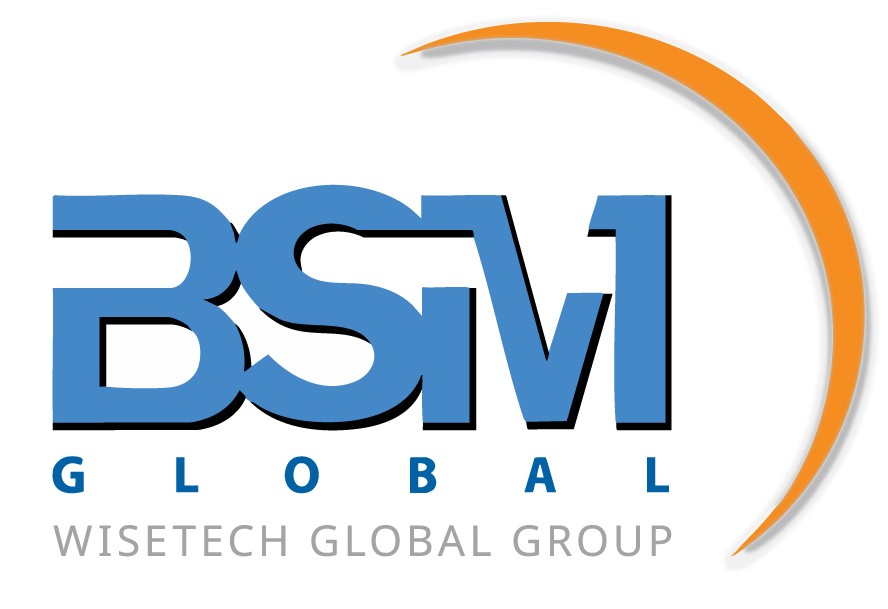Customer Shipment Status Reporting
Increasingly, B2B customers are demanding the same hyper-personalised experiences they’ve grown accustomed to in their day-to-day B2C transactions.
Business buyers are increasingly expecting companies to respond and interact with them through personalized, real-time communications. However, for today’s supply chain leaders, both historic and emerging industry-related challenges will make stepping up to this demand difficult. Facing an increasingly globalised market, technological constraints and a lack of synergy between automated and manual processes, unifying the data needed to offer interactive shipment status updates will be next to impossible using current systems.
As many organisations lack the comprehensive visibility necessary to support these functions, leaders will need to optimise their existing processes to effectively achieve real-time and accurate data exchanges with both business partners and customers.
The challenge of gaining visibility
Companies must find a way to unify a staggering volume of data — and depending on the industry an organisation resides in, the barriers to success will only continue to grow.
As Supply Chain Brief explained, there’s a need for some to monitor and track individual components, while others will have to report on shipments at a batch level. In both cases, traceability and visibility requirements include more than the physical location and status of components, but will also include quality control and other information such as:
- Batch or lot number
- Order information
- Date of manufacture
- Material certifications
- Supplier information
- Legal and safety certification
- Milestone data
- Compliance requirements
To achieve the full benefits of supply chain visibility — including accurate and up-to-date customer shipment reporting — all of this information should be accessible and reportable in real-time. However, in practice, few organisations ever fully achieve this degree of sophistication.
Providing regular and reliable information to customers is critically important in today’s environment, especially considering the current uncertainty within the global shipping supply chain. As the Chartered Institute of Procurement & Supply (CIPS) wrote, although globalisation has brought new opportunities for leaders, it has also increased the power of “unknown unknowns” to disrupt international operations, which can quickly break down traditional management models.
Facing a volatile market landscape and vast amounts of disparate data being generated from multiple sources, organisations should invest in innovative processes and new technologies to ensure quality, availability, usability and consistency throughout the end-to-end data lifecycle.
Leveraging new technologies for data sharing
In a best practice environment, exporters should be capable of providing their international customers with periodical reporting, including real-time shipping updates and any relevant documentation.
To create a data network that supports this demand, Supply Chain Brain has identified the three core business components that leaders will need to reinvent:
- People: Data quality makes all the difference to accurate reporting, and less people with manual access means less mistakes.
Successful organisations create centralised teams that consolidate data responsibilities among select individuals, with additional decentralised data owners across business units. By creating these defined roles, leaders can minimise the potential for error by limiting unnecessary hand-offs and manual processes. - Process: Developing organisation-wide processes can help ensure a single source of truth for master-data documentation, including standard operating procedures, service level agreements and points of contact. These uniform policies should be made clear to any end user or stakeholder across the company.
- Technology: By introducing machine learning and artificial intelligence to man-made decisions, leaders can proactively plan for demand fluctuations or any other potential disruption to the supply chain to ensure orders arrive on time (or as close to the planned date as possible), while also updating customers immediately.
Focusing on people, processes and technology for effective supply chain management improves the accuracy of data and helps leaders provide customers with the differentiated support businesses need to stand out in today’s competitive landscape.
Simplifying data sharing at your organisation
By creating a data environment that enables real-time reporting, your company can begin to meet the demands of today’s buyers while also gaining powerful insights into your processes, including opportunities to capture new efficiencies and cost savings.
BSM Global offers scalable solutions that are used by multinational organisations, large companies, small and medium-sized enterprises, and sole traders. As real-time and accurate information exchange with customers is known to influence preferred supplier status, our services will empower your company to gain a powerful competitive advantage.
From simplifying the digital exchange of critical document data between your partners to managing complex regulatory certificates and compliance records, we offer a wide array of solutions for even the most complex processes within the industry.
If you are interested in discovering new ways to optimise your organisation’s own supply chain and improving your relationship with your buyers, contact us today.

